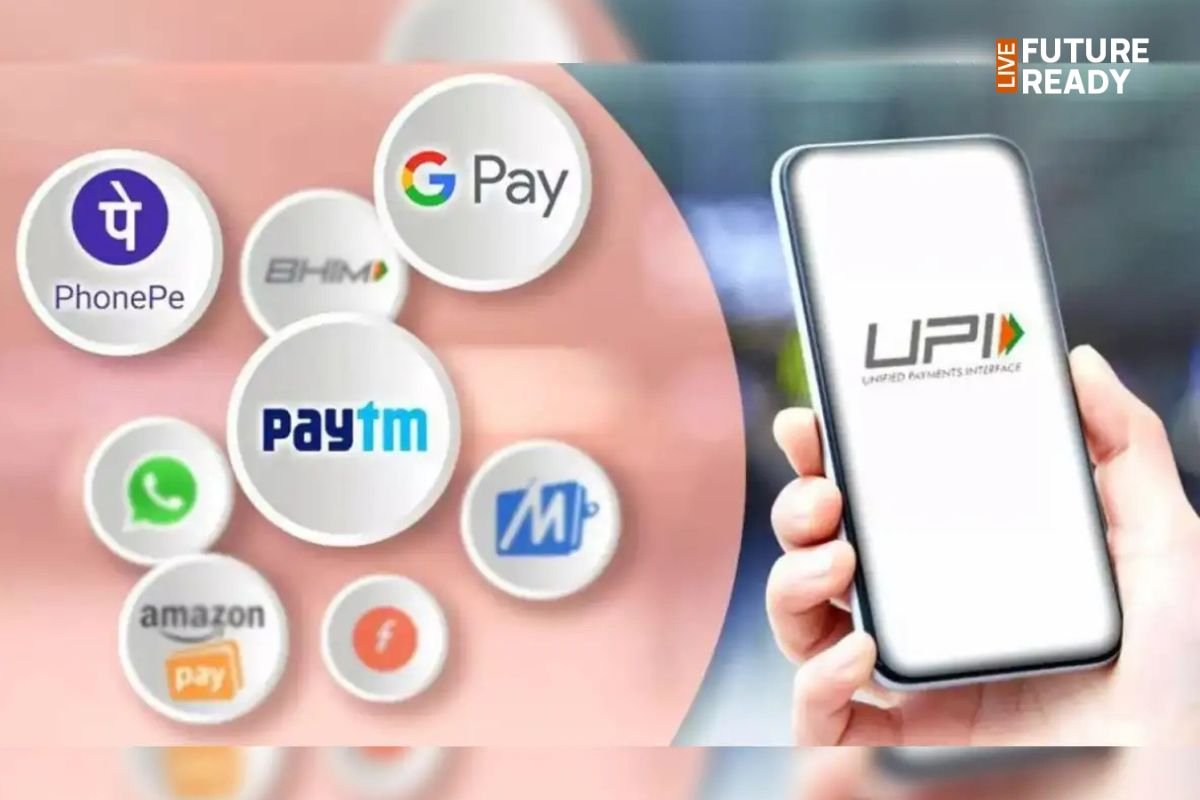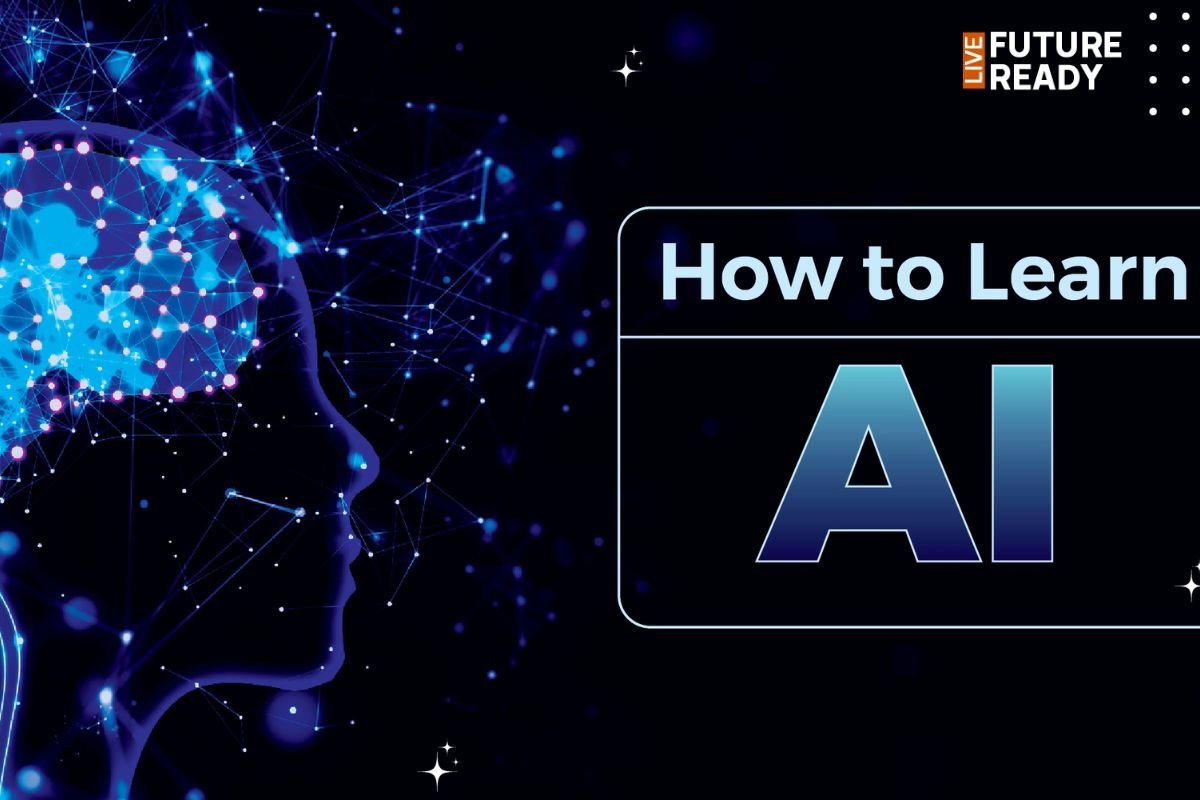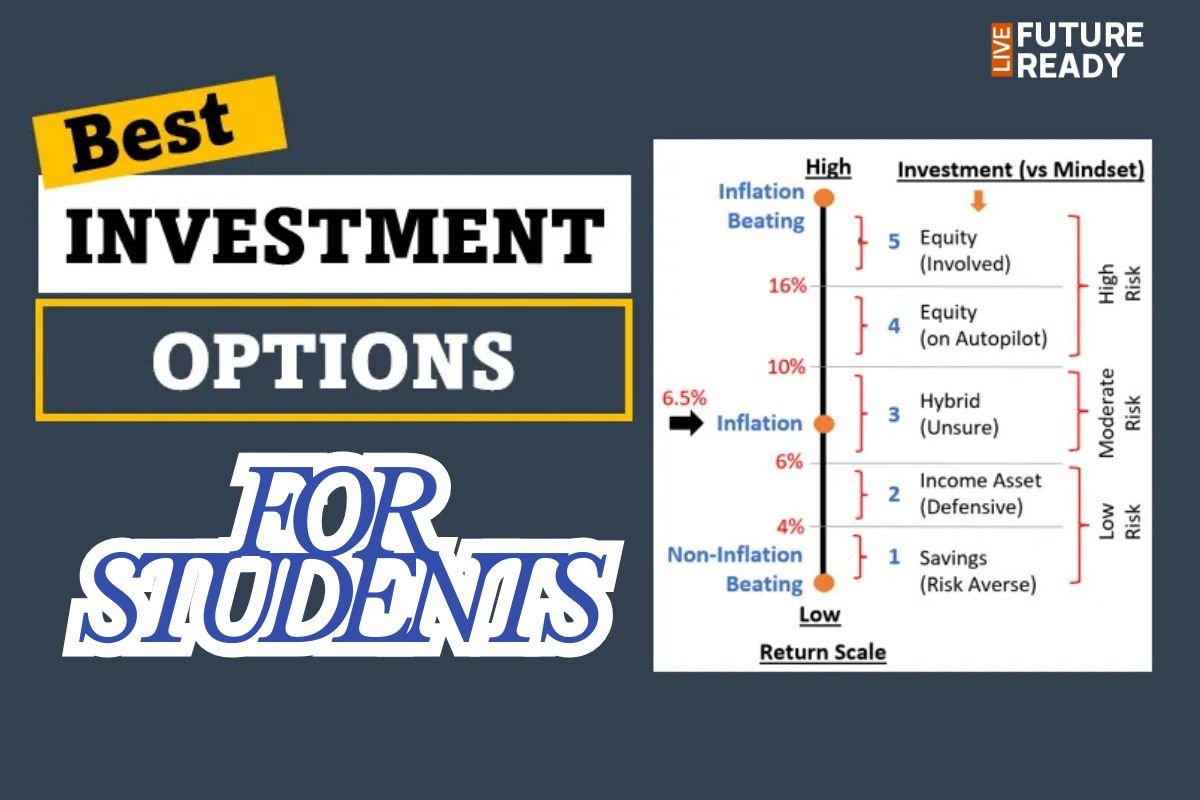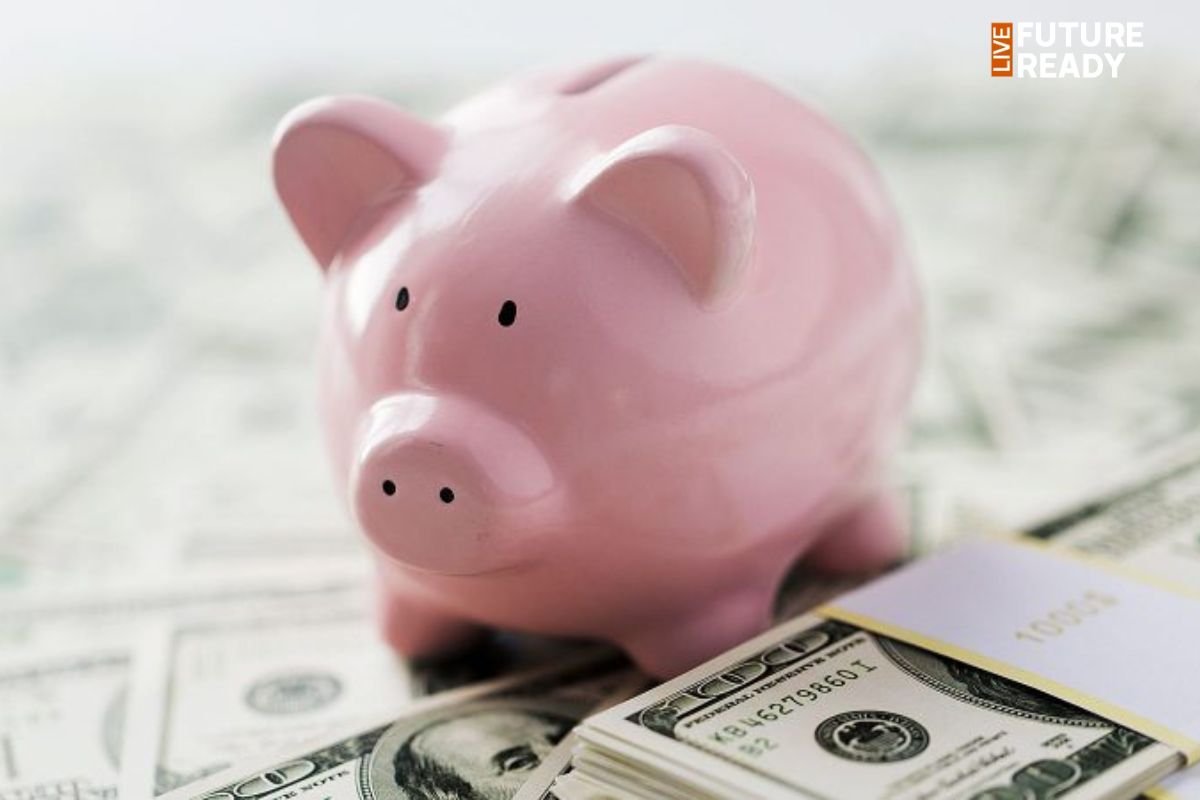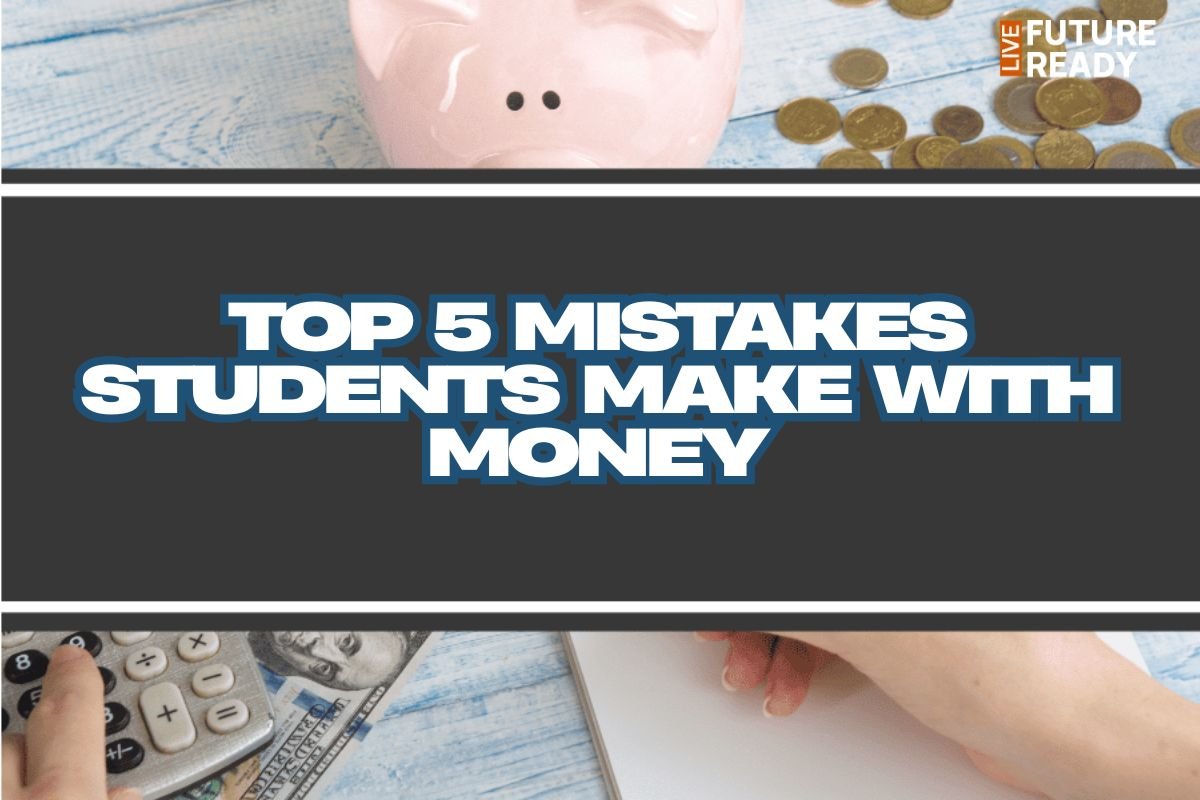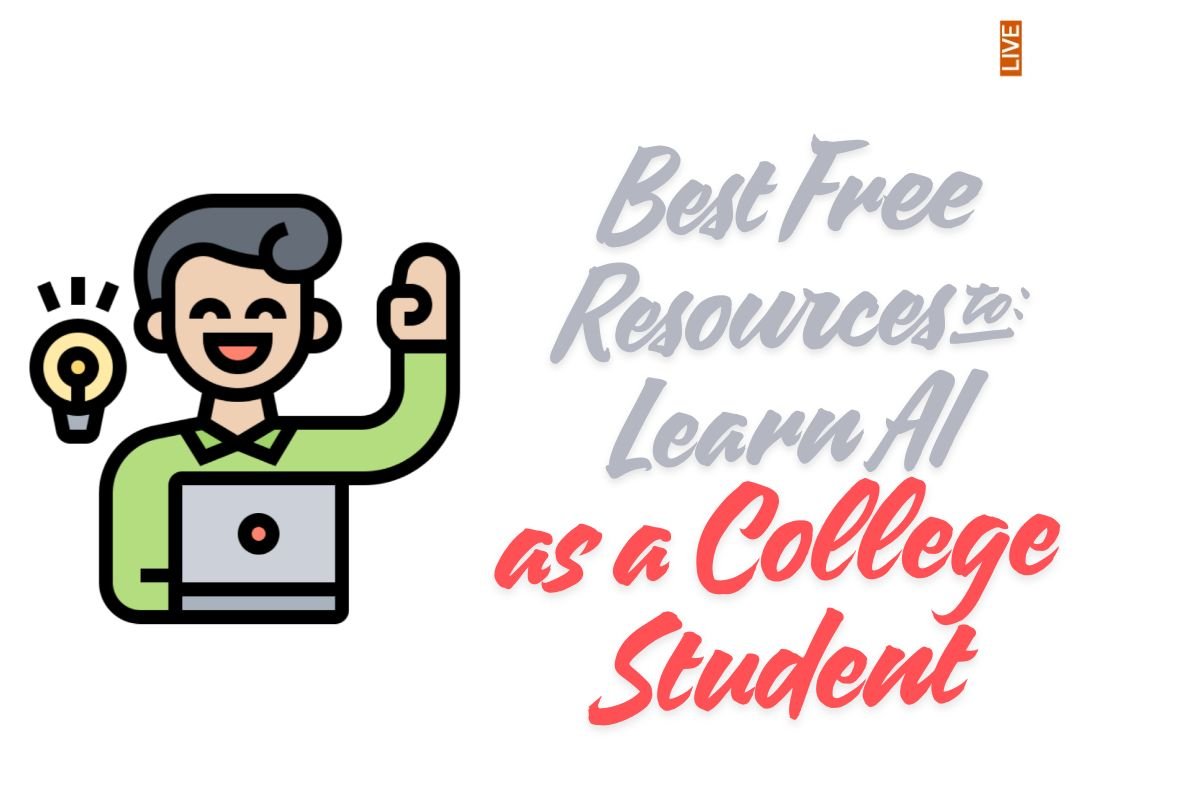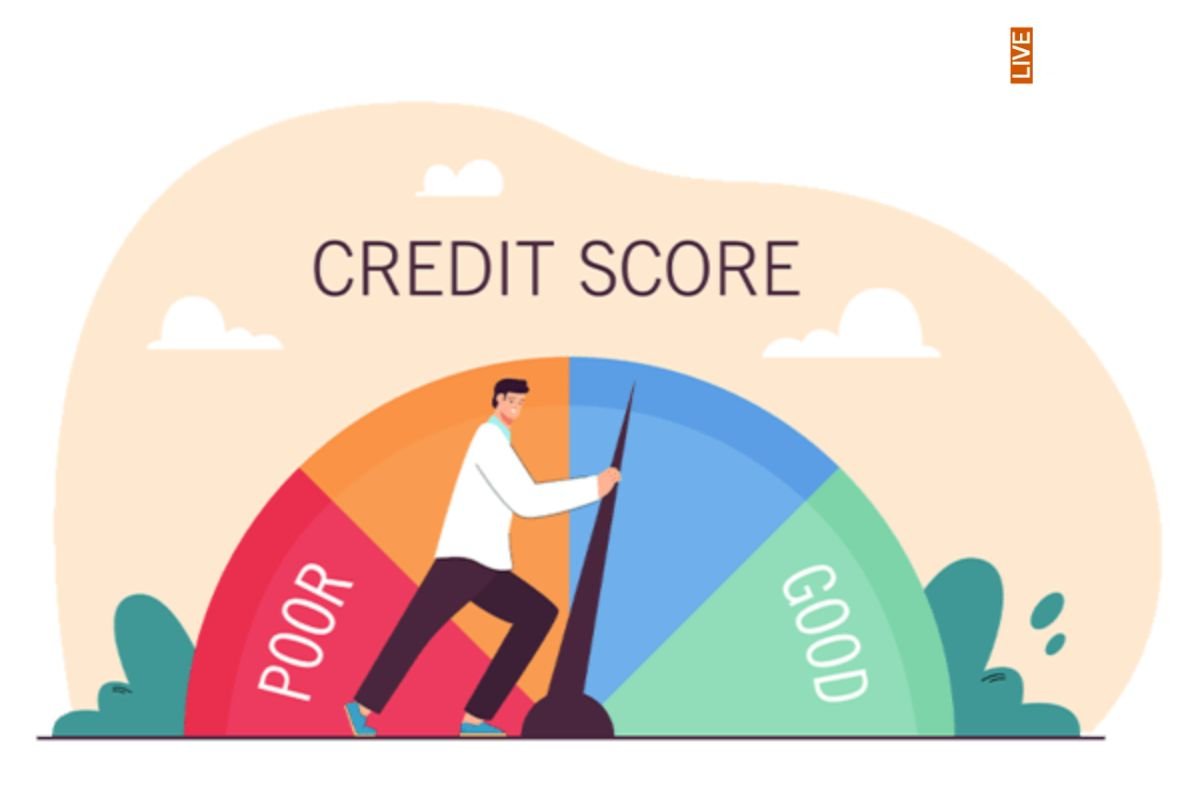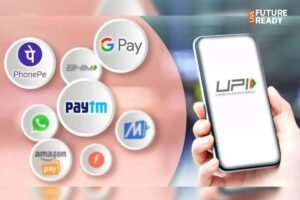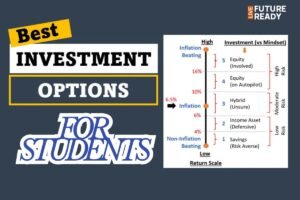The latest iPhone is always tempting. It’s shiny, packed with new features, and feels like a must-have. But it also comes with a huge price tag, often forcing people to consider EMIs (Equated Monthly Instalments). Paying in smaller chunks might sound easy, but is it worth the financial strain? Let’s explore this question and understand whether buying the newest iPhone on EMI is a smart choice or not.
Why Everyone Wants the New iPhone
Apple does an excellent job of making us feel like we need the latest iPhone. Here’s why:
- FOMO (Fear of Missing Out): Everyone around you seems to have the newest phone, making you feel left out.
- Status Symbol: Owning an iPhone is often seen as a sign of success or style.
- Brilliant Marketing: Apple’s ads make their phones look like the key to a better life.
But let’s pause here. Is the newest iPhone going to change your life, or is it just something nice to have?
What Is an EMI and How Does It Work?
EMI lets you break the cost of a product into monthly payments. For example:
- Let’s say the new iPhone costs ₹1,00,000.
- On a 12-month EMI with 12% interest, you’ll pay around ₹8,900 per month.
- By the end of the year, you’ve spent ₹1,06,800—₹6,800 more than the phone’s price!
This “extra” money you pay is the cost of convenience, but is it worth it?
When an EMI Makes Sense
Sometimes, buying on EMI isn’t a bad idea. Here’s when it’s okay:
- Zero-Interest EMI: Some offers let you pay in parts without adding extra interest.
- You Need the Phone for Work: If you’re a content creator, developer, or anyone who depends on a high-performance phone for work, it can be a justified expense.
- You’ve Planned It Well: If you’ve done your budgeting and know you can handle the monthly payments without stress, it might be fine.
When It’s a Bad Idea
More often than not, buying an iPhone on EMI isn’t a smart move. Here’s why:
- Spending Money You Don’t Have: If you don’t have ₹1,00,000 saved up, taking an EMI means you’re committing future income for something you can’t afford now.
- Other Priorities Suffer: That ₹8,900 EMI could have gone toward savings, investments, or emergencies.
- Paying More Than Necessary: With interest, you’ll end up paying thousands of rupees extra for the same phone.
What Else Could ₹8,900/Month Do for You?
Instead of committing to an EMI, think about the possibilities:
- Start a SIP: Investing ₹8,900 every month in a mutual fund could grow into ₹15-20 lakhs in 10 years.
- Learn a New Skill: Take an online course to upskill and grow your career.
- Emergency Fund: Build a safety net for unexpected expenses.
- Travel: Save for a vacation that creates lasting memories instead of a gadget that will be outdated in a year.
Alternatives to Buying on EMI
If you’re still dreaming of the iPhone, here are some smarter ways to get it:
- Save First, Buy Later
- Set aside a fixed amount every month. If you can afford an ₹8,900 EMI, you can save that instead. In a year, you’ll have enough to buy the phone without debt.
- Buy an Older Model
- The previous year’s iPhone often has most of the features of the new one but costs significantly less.
- Trade-In Offers
- Exchange your current phone for a discount on the new one. This reduces the total cost and makes the purchase more affordable.
- Ask Yourself: Do You Need It?
- Sometimes, the best decision is to stick with what you have. Does your current phone work fine? Then maybe you don’t need to upgrade just yet.
The Emotional Cost of EMI
Taking an EMI doesn’t just impact your wallet; it affects your peace of mind too.
- Stress: You’re constantly reminded of the monthly payments you need to make.
- Regret: The excitement of a new phone fades, but the EMI stays for months.
- Limitations: You might avoid other expenses because you’re tied to your EMI commitment.
When the iPhone Becomes a Trap
Many people fall into a cycle of buying gadgets on EMI, which keeps them stuck in debt. Here’s how:
- You buy the iPhone on EMI.
- A year later, a new model comes out, and you’re tempted again.
- You still haven’t paid off the first phone but decide to upgrade anyway.
This pattern keeps you from saving or investing in things that truly matter.
Conclusion: Is It Worth It?
At the end of the day, the decision to buy an iPhone on EMI depends on your priorities and financial health. If it’s a want, not a need, and it disrupts your savings or adds unnecessary stress, it’s probably not worth it.
At Future Ready, we believe in smart financial decisions that empower your future. Instead of chasing every shiny gadget, focus on investments that grow with you. Being “future-ready” means making choices today that you’ll thank yourself for tomorrow.
So, before you hit “Buy Now,” ask yourself: Does this phone bring value to my life, or is it just a temporary thrill? Let us help you make better financial choices—stay connected with Future Ready for more insights like this!
FAQs
- Is EMI a good option for big purchases?
Answer: It depends on the interest rate and your ability to handle the payments without stress.
- How can I save money for an iPhone?
Answer: Set aside a fixed amount every month and wait until you’ve saved enough to buy it outright.
- Are older iPhone models worth buying?
Answer: Yes, they often offer great performance at a much lower cost.
- What’s the smarter alternative to an EMI?
Answer: Saving first, looking for trade-in offers, or considering budget-friendly options.





